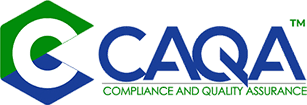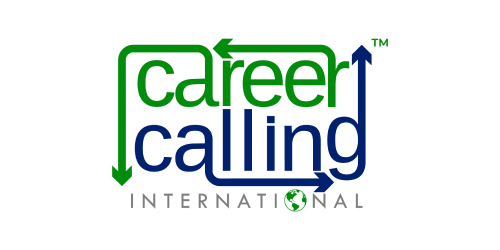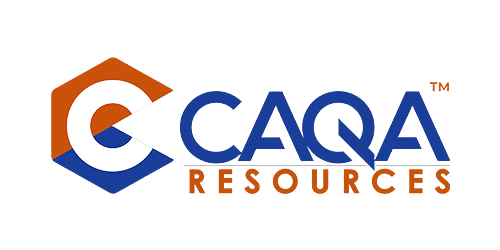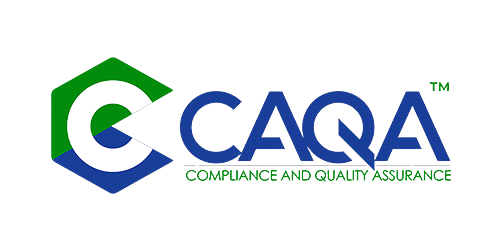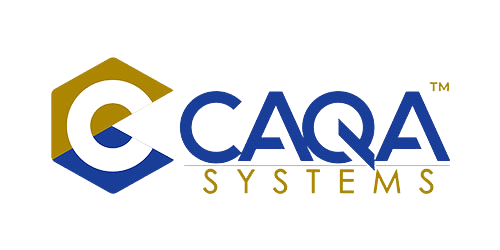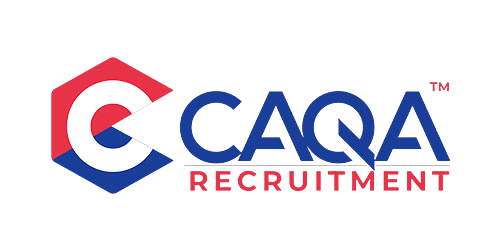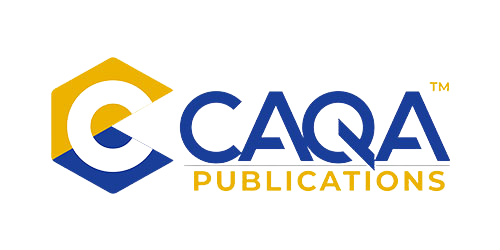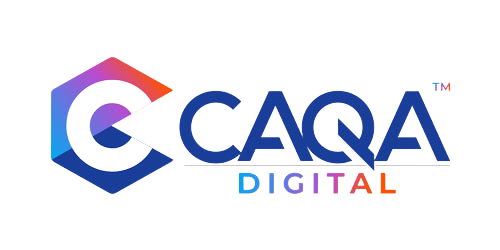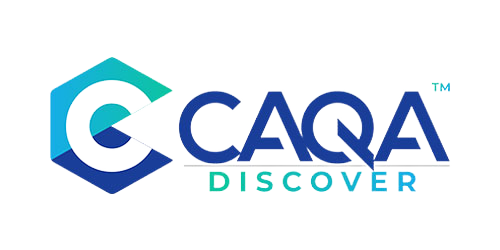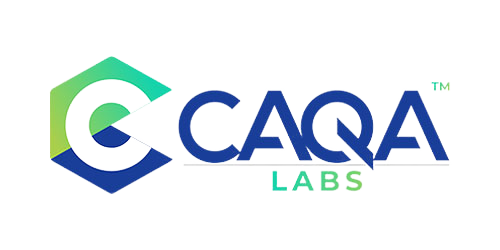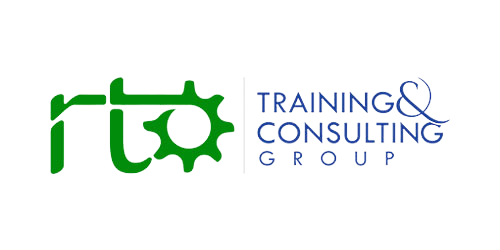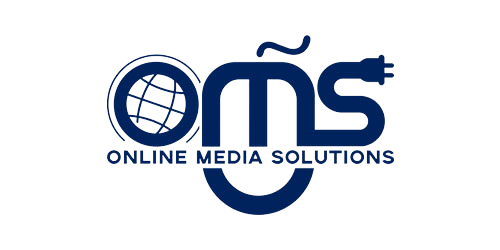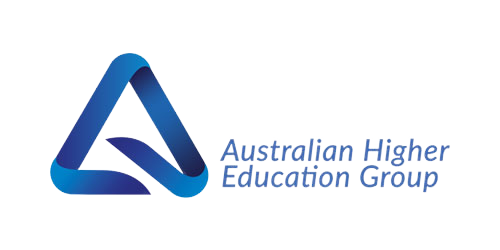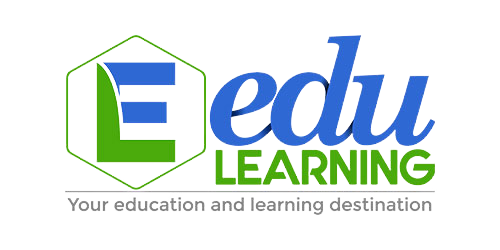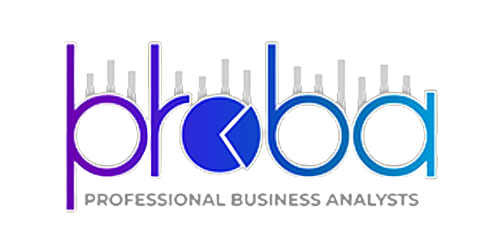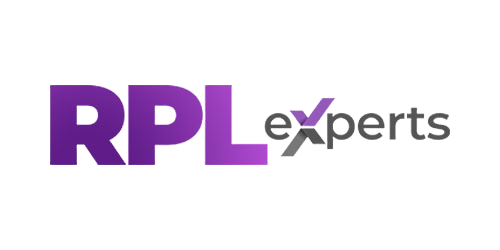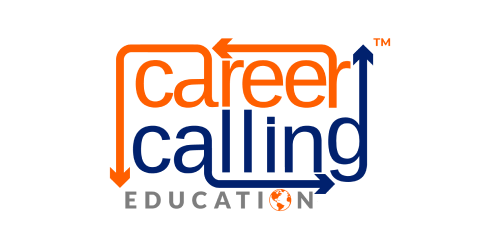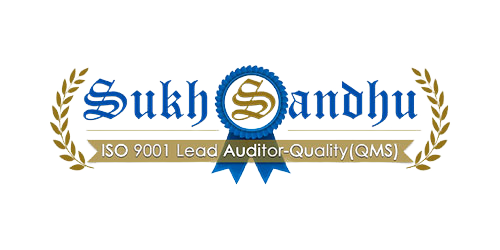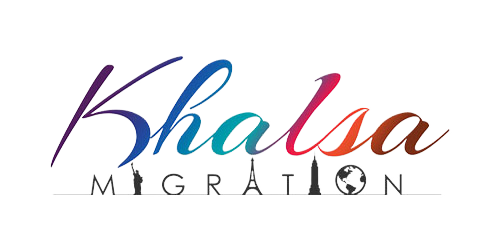The shift that matters: from paperwork to proof-in-practice
Audits under the revised Standards for RTOs (2025) are not a fancier version of the old checklist. They are a different sport. The central question is no longer “Do you have the document?” but “Can you show that your system works for learners and industry, now, in real delivery?” Outcome evidence, self-assurance, and governance are the new spine. Auditors still look at policies and templates, but they read them as supporting actors. The main plot unfolds in routine activity: structured and paced training that students actually receive, assessment decisions that stand up to moderation and validation, timely and tailored support visible in case notes and LMS trails, and leadership decisions that track risk and drive improvement. When that living system is visible, audits feel like a confirmation exercise. When it isn’t, the best paperwork in the world will not save the day.
What has changed in the audit model—and why it feels different on the floor
Outcome-focused auditing puts lived learner experience and workforce relevance first. Auditors triangulate: learner interviews, assessment samples, staff currency records, industry input that changed something, and CI logs that show issues were detected, fixed, and did not recur. The self-assurance expectation means the improvement wheel must be spinning between audits. Plan–Do–Check–Act is not a slogan; it is a calendar of reviews, a ledger of actions with owners and due dates, and a habit of validating whether changes worked. Governance is no longer a background compliance page. Leaders—owners, CEOs, governing persons—must be able to explain the organisation’s risks today, where assurance has found weaknesses, what has been done, and how they know it made a difference. The process itself is risk-based: higher-exposure qualifications, agent-delivered cohorts, third-party arrangements, licensing-linked units, and funding interfaces attract proportionately deeper probing, while lower-risk areas may get a lighter touch. The tone has changed, too. There is less appetite for “tick-the-box” answers and more interest in how you use evidence to make decisions, allocate resources, and prevent repeat issues.
The biggest risks that surface under the new lens
The first and most common risk is a gap in self-assurance. Many providers run ad hoc checks but cannot show a rhythm that covers all outcome areas, results in actions, and confirms effectiveness. Auditors see “minutes that promise” with no follow-through in delivery artefacts. The second is thin leadership engagement. If executives outsource quality to a single compliance role, governance looks brittle; questions about risk, workforce capability, third-party oversight, or financial viability elicit vague answers. Student support shortfalls are a third pressure point. Under the new settings, support must be timely and tailored, and the evidence must connect the dots: the risk flag, the contact, the intervention, and the learner’s progress afterwards. Credential compliance remains a regular finding: incomplete proof of trainer/assessor qualifications, missing or stale industry currency, unclear under-direction arrangements, and validation panels that do not meet the credential rules. Assessment integrity continues to bite where tools are unvalidated, decision-making is inconsistent across assessors or campuses, or authenticity checks are weak in the face of AI-assisted submissions. Finally, untreated conflicts of interest—in assessment, procurement, third-party delivery, or governance—undermine trust and trigger heavier scrutiny.
The opportunities hidden in plain sight
The 2025 standards offer more flexibility than they first appear to. If your design achieves the outcomes and your assurance proves it, you have latitude in how you organise delivery, support, and assessment. This is an opportunity to simplify documentation—fewer, clearer artefacts tightly linked to real practice—and to shift effort from paper-chasing to prevention. Technology can now earn its keep: SMS/LMS data for pacing and engagement, credential matrices that update as staff complete PD, validation trackers that show sampling and outcomes, and risk and CI registers that produce live dashboards. Providers that invest in staff capability and culture benefit twice: assurance improves, and teams feel trusted to own quality. Engaging employers and learners more deliberately pays off as well. Industry input with a visible line to changes in tasks or resources, and learner feedback that triggers support and design tweaks, both carry more weight than beautifully formatted but inert forms.
Preparing without overhauling everything: a pragmatic roadmap
Start with a targeted gap analysis. Resist the urge to rewrite the universe. Map your current practice against the outcome expectations and focus on four engines: training and pacing, assessment integrity, student support, and governance assurance. For each, ask two questions: what evidence do we generate every week that proves this engine is working, and where is the weakest link? Then schedule brief, regular internal reviews. A 60-day cadence beats a heroic once-a-year scramble. In each review, sample a small number of files or cohorts, log issues in a shared ledger, assign owners and due dates, and close the loop with a short effectiveness note. Give roles and accountabilities sharper edges. Name the owner for each register—risk, CI, credentials, CI actions, validation—and require that owners report status to leadership on a predictable cycle. Calibrate evidence to what matters. Keep the required documents, but privilege “evidence in action”: annotated TAS pages showing pacing decisions, LMS exports of contact and feedback, assessment samples with moderation notes, validation outcomes with changes recorded, and CI items with recorded controls. Train your team on the new story. Short, frequent refreshers beat heavy one-off sessions: what the auditor will ask, where the living evidence sits, how to narrate a finding-to-fix chain. Finally, let your existing tech do the lifting. Use the fields you already have before buying new systems: tags in the LMS for support contacts, a shared tracker for actions, a credential sheet with expiry alerts, and a simple dashboard for risk and CI. The point is to make assurance visible without building a bureaucracy.
What “good” looks like in each outcome area
For training and pacing, the gold standard is alignment between intent and trace. If the TAS says learners receive structured instruction, guided practice, timely feedback, and assessment windows across each study period, your calendars, rosters, and LMS artefacts should show it. Spikes in non-submission or drop-off should trigger additional contact that is recorded and, ideally, effective. In assessment, reliable decisions come from three habits: pre-use review of tools against the training product, in-operation moderation that samples borderline and cross-assessor cases, and post-use validation that is genuinely risk-responsive. Authenticity is a live obligation in the age of generative AI; verification interviews, practical demonstrations, and triangulated evidence reduce the risk of inauthentic submissions. Student support must be timely, proportionate, and attributable. A clear intake process for LLN and digital readiness, early-warning indicators for off-pace learners, and a documented support pathway that escalates appropriately are the pillars. Governance should feel like an operating system, not a report. Risk is discussed in the same meeting as delivery and support. Credential matrices are live and reviewed, with PD aligned to risk. Third-party performance is visible in the same dashboard as internal cohorts. Conflicts of interest are disclosed, managed, and closed with evidence. Continuous improvement is a board-level story of detection, action, and prevention.
How auditors probe—and how to answer without theatre
Auditors will follow the evidence trail across artefacts and people. They will open with a narrative question—“Tell us how you deliver this qualification to this cohort”—and then drill down where the trail takes them. A strong response is a simple, confident walkthrough: here is our pacing plan, here is what learners received in weeks three to six, here are the contact and feedback records for those who fell behind, and here is how we know the escalation worked. For assessment, explain the life cycle of a tool: pre-use review, calibration sessions, moderation sampling and outcomes, validation triggers and changes. For credentials, show the matrix filtered to the unit and cohort, the currency evidence, and the PD plan. For governance, present your risk and CI dashboards, the last two review cycles with actions and effectiveness notes, and a short example of a finding that did not recur. Avoid performative binders. Auditors are not impressed by volume; they are looking for coherence and cause-and-effect.
Managing the perennial pain points before they become findings
Self-assurance often stalls because actions do not close. Force closure by design. Your action register should require an effectiveness note and a linked artefact before an item can be marked complete. Student support falters when the LMS is not instrumented for it. Create simple custom fields or tags that let your team record contact type, reason, and outcome; report weekly on overdue follow-ups. Credentials slip because nobody has experience. Assign a single owner, set quarterly checks, and align PD to known risks in scope. Assessment integrity degrades when tools drift or staff change. Build calibration into onboarding and tie moderation samples to new or changed staff, units with higher dispute rates, and cohorts with atypical outcomes. Conflicts of interest breed distrust when kept informal. Normalise disclosure, record proportionate controls, and review high-exposure cases in your quality cycle. Third-party arrangements become liabilities when evidence lives outside your system. Mirror obligations in contracts require partners to use your forms and registers, and sample their delivery and assessment as if it were your own—because it is.
A 90-day audit-readiness sprint that respects your day job
In month one, pick two qualifications that represent different risk profiles and run a mini-assurance cycle end-to-end: sample pacing and support, moderate assessment decisions, review credentials, and hold a short governance meeting to allocate and track actions. In month two, instrument the basics: live credential matrix with alerts, a shared CI register with simple workflows, a concise action log with owners and due dates, and an LMS tag for support contacts. Train teams with three 45-minute sessions: assessment integrity and authenticity; student support evidence in the LMS; and how to answer an auditor’s “show me” questions with living artefacts. In month three, widen the net to two more qualifications, close overdue actions, run a targeted validation session that brings forward a high-risk unit, and present a one-page governance update to leadership that tells the story in outcome terms. By the end of the quarter, you have not rebuilt your systems; you have made them visible, rhythmic, and easier to defend.
Turning the audit into an advantage
Providers that treat the 2025 audit model as a nuisance lose energy to performative compliance. Providers that use it as a forcing function get better at what matters: learner progression, fair and reliable assessment, responsive support, and managerial discipline. The by-products are worth having—cleaner documentation because it mirrors practice, less firefighting because risks surface earlier, and steadier relationships with employers and regulators because your narrative is consistent and your evidence is easy to follow. Over time, the audit ceases to be an event. It becomes a checkpoint on a path you are already walking.
Prove it, don’t perform it.
The revised standards ask you to make quality observable. Focus on the engines that move outcomes every week, make their evidence easy to see, and keep your improvement wheel turning. Clarify who owns what, simplify where you can, and let technology do the routine lifting. When the auditor arrives, show your system working rather than reciting a policy. That is the difference the 2025 model rewards—and the change that will serve your learners and industry long after the audit team leaves.
